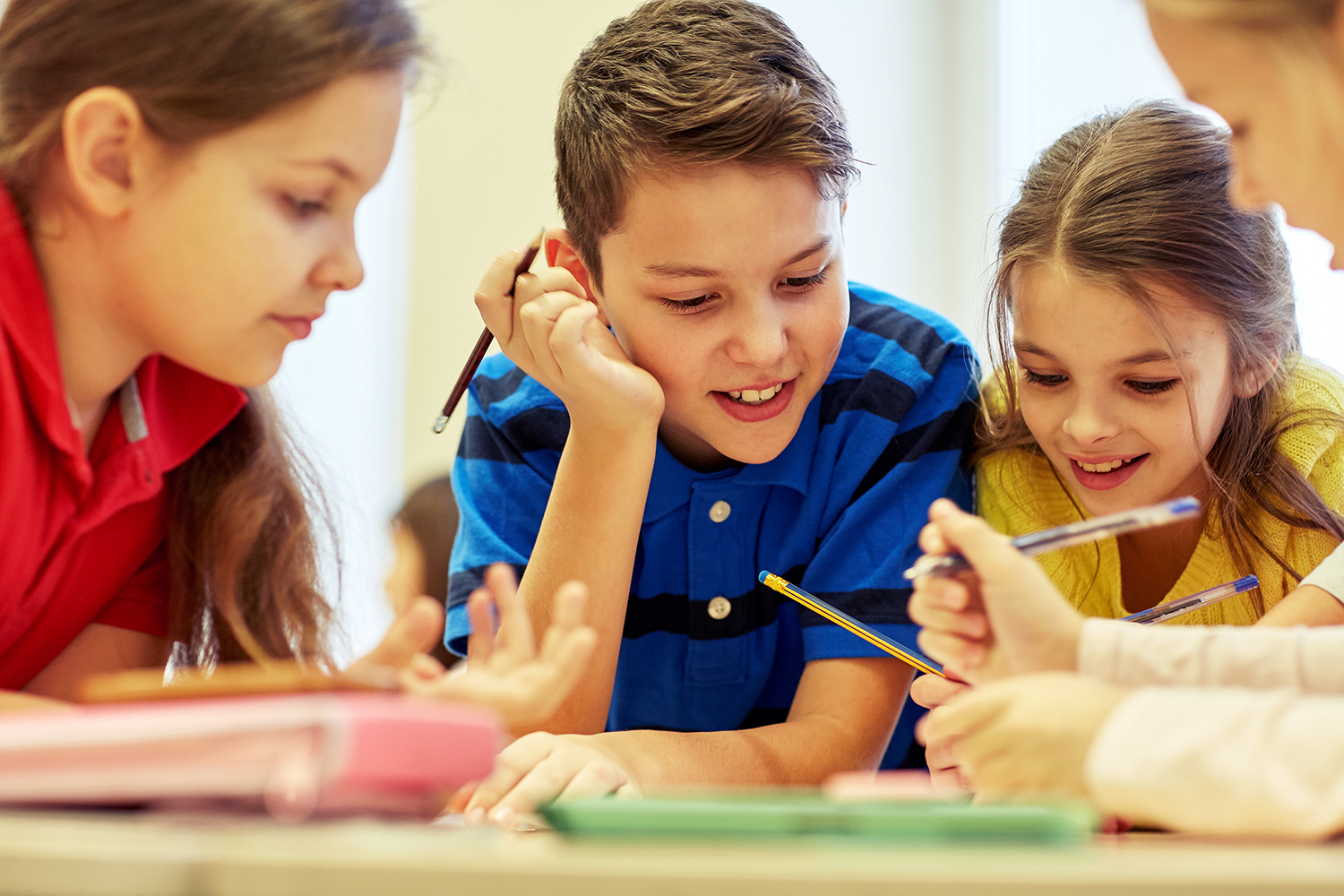New collaboration will ensure a better indoor climate at schools
Temperatures, noise levels and light and air quality have a significant impact on learning for children and young people. A new indoor climate strategy for schools in the City of Aarhus aims to create an optimal indoor climate, and indoor climate experts from AU Engineering at Aarhus University are involved in the project.

With funding from Realdania, a new project in the City of Aarhus’ Department for Children and Young People will provide teachers and early childhood educators at the municipality’s schools and day-care centres with knowledge about indoor climate.
Acoustics, CO2 content, air change, temperature, odour, inflow of light and a wide range of other aspects have a major impact on learning for children and young people. Therefore, it is important that school employees know which knobs to turn to create an optimal indoor climate.
“Achieving a good indoor climate is not only about setting up a physical frame, but also about how users use that frame. We hear all too often about how these factors do not play together, and so it is very positive that the City of Aarhus is now taking initiative to create better conditions for our children and young people,” says Associate Professor Steffen Petersen, Department of Civil and Architectural Engineering, Aarhus University.
He continues:
"From Aarhus University, we contribute our expert knowledge to the project, so that the future indoor climate ambassadors are prepared to create the best possible conditions for a good indoor climate."
Thomas Medom, the Alderman of the Department of Children and Young People in the City of Aarhus, is pleased with the prospect of improved integration between education and physical surroundings.
"Headaches and concentration problems due to poor indoor climate are part of life for many schoolchildren in Denmark. So it’s crucial that teachers and early childhood educators acquire the necessary knowledge to create an optimal indoor climate for children and young people. By educating indoor climate ambassadors at schools, we make sure that the potentials of individual rooms are fully exploited, and that, together, we create the best possible conditions for the learning, well-being and health for children and young people," he says.
- ALSO READ: How snakeskin can inspire to safer buildings
The project to educate indoor climate ambassadors is a collaboration between the Department of Children and Young People, the Danish Centre of Educational Environment, the Royal Danish Academy - Architecture, Design, Conservation, as well as the Department of Biological and Chemical Engineering, the Department of Civil and Architectural Engineering and the Danish School of Education at Aarhus University.
The aim is for the indoor climate ambassadors to bridge the gap between education and physical space, and use their specialist knowledge about indoor climate to ensure that the physical surroundings of schools are used optimally.
The project is being funded by Realdania (DKK 1 million), and the City of Aarhus (DKK 1 million). Read more about the project on the Realdania web page here.
Contact
Associate Professor Steffen Petersen
Department of Civil and Architectural Engineering, Aarhus University
Mail: stp@cae.au.dk
Tel: +45 41893347
